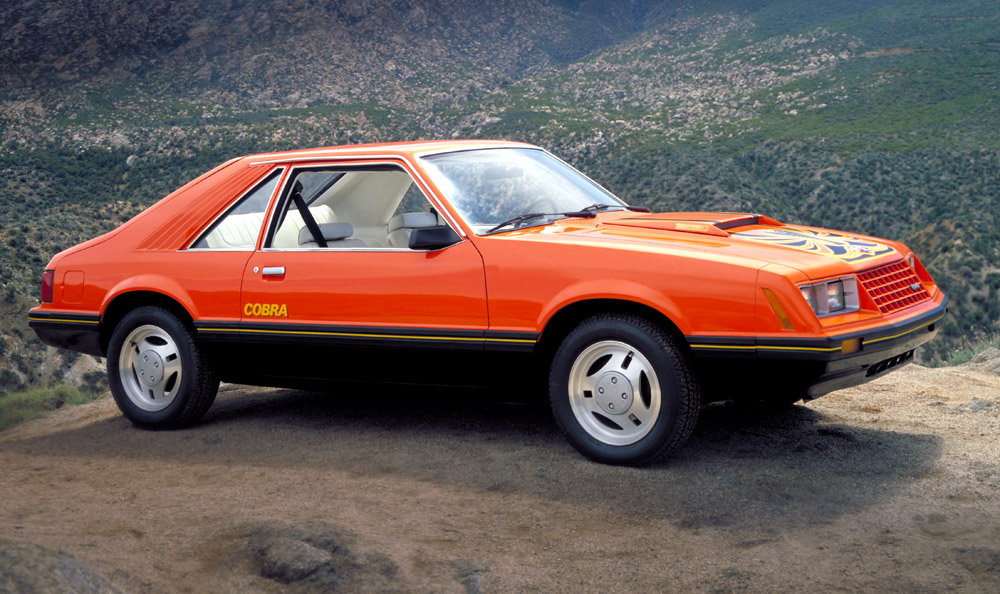
Generation III: 1979 — 1994
1979: The new “Fox” platform Mustang makes its debut. The new model is longer and taller than Mustang II, yet is 200 pounds lighter. A sleek, “Euro” design replaces many traditional Mustang styling cues. Engine choices are a 2.3-liter four-cylinder (including a 140-hp turbo version), a 2.8-liter V-6, a 3.3-liter inline six-cylinder and a 140-hp 5.0-liter V-8.
1980: The 302-cid V-8 engine is dropped and is replaced by an economy-minded 119-hp, 255-cid V-8 derivative.
1981: Performance heads to the back burner, as the turbo four-cylinder is dropped from the Mustang engine lineup, and new emissions controls drop the 255-cid V-8’s power to 115 hp.
1982: The Mustang GT returns after a 12-year absence. Also back is the 5.0-liter V-8, rated at 157 hp. Optional T-Tops return.
1983: After 10 years, Mustang again has a convertible model, complete with power top and a tempered glass back window. The Mustang GT’s 5.0-liter V-8 is now rated at a healthy 175 hp.
1984: Ford’s Special Vehicle Operations creates the Mustang SVO. It features a front fascia with integral fog lamps, an off-center functional scoop and a polycarbonate dual-wing rear spoiler. Power is from a turbocharged and air-to-air intercooled 2.3-liter inline four-cylinder producing 175 hp and 210 foot-pounds (lb.-ft.) of torque. Also available is the 20th Anniversary Edition Mustang, a special V-8 powered GT model painted in Oxford White with Canyon Red interior. It can be had in coupe or convertible form.
1985: Mustang gets a revised 5.0-liter HO (high output) V-8 that makes 210 hp when mated to a manual transmission. A new Quadra-Shock rear suspension helps provide better acceleration by reducing wheel-hop on hard takeoffs.
1986: Mustang’s V-8 trades its carburetor for new sequential multi-port fuel injection.
1987: Mustang is heavily restyled, with a new “aero-look” body. The 5.0-liter V-8 now produces 225 hp.
1989: For Mustang’s 25th anniversary, all cars produced between April 17, 1989, and April 17, 1990, sport the familiar running horse on the dashboard with “25 years” inscribed underneath.
1990: Mustang now sports a driver’s-side airbag as standard equipment.
1991: Entry-level Mustangs receive an improved 105-hp, twin-plug 2.3-liter four-cylinder with distributorless ignition. All V-8 models now come with new, five-spoke 16×7-inch cast aluminum wheels.
1992: The stealthy Mustang LX 5.0 develops a cult following and outsells all other models combined. Wire-style wheel covers and whitewall tires disappear from the options list.
1993: Ford’s new Special Vehicle Team (SVT) introduces the limited-production SVT Mustang Cobra with subtle but distinctive styling cues and performance upgrades. The low-volume 1993 Cobra R, developed to be used as a race car, sells out prior to production.
Gallery

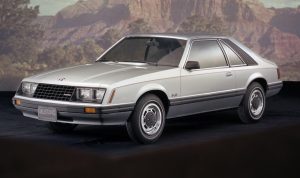


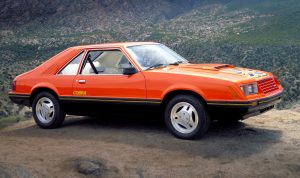
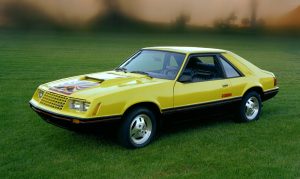



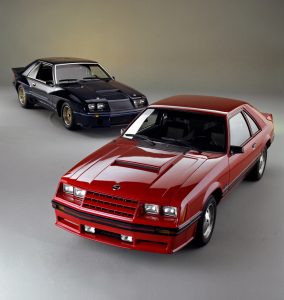
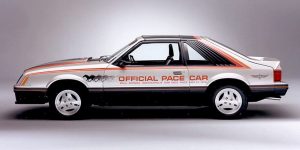

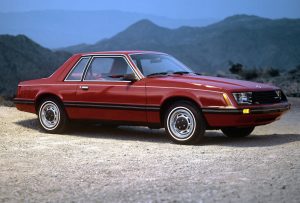
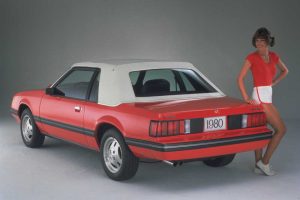



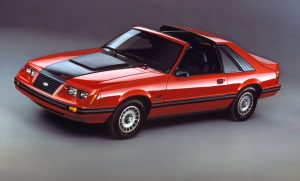
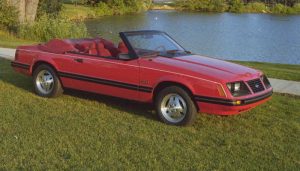
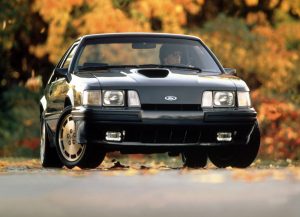
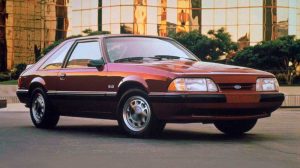
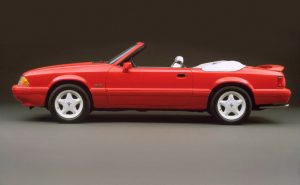
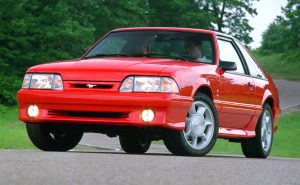
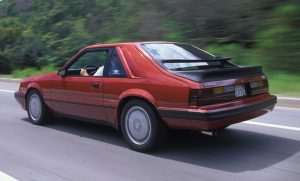
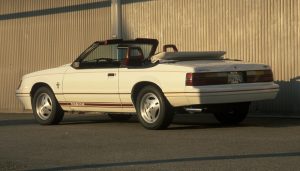
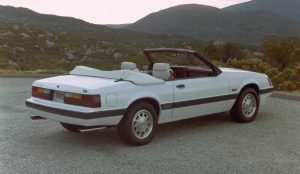

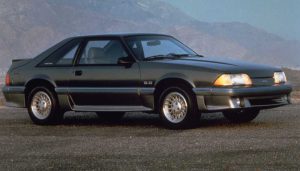

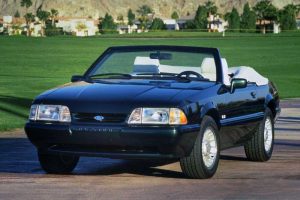
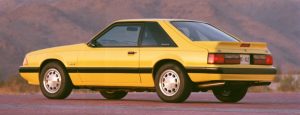


You must be logged in to post a comment.